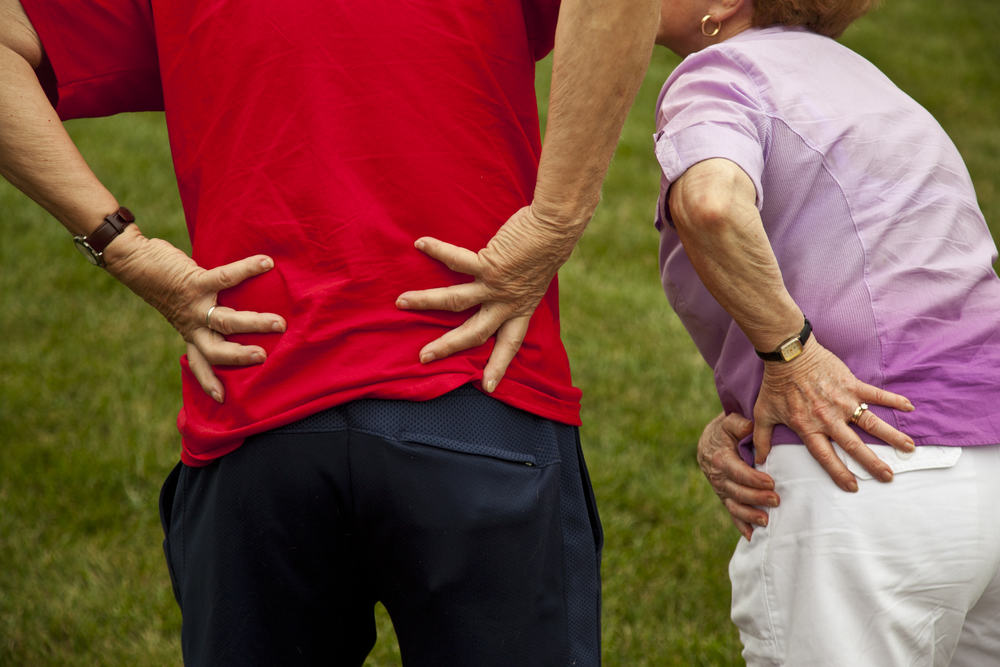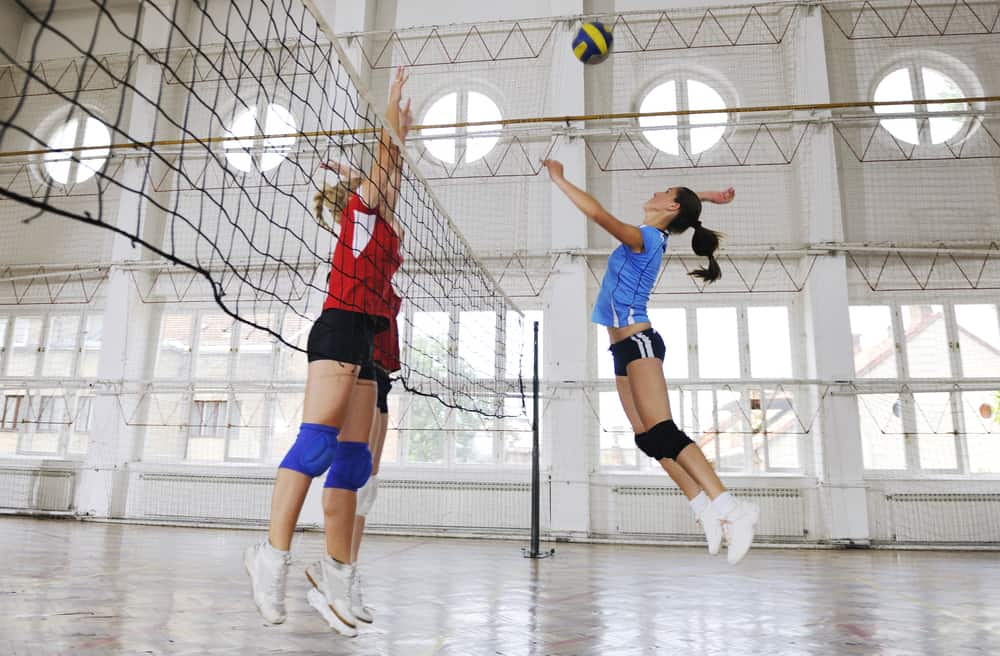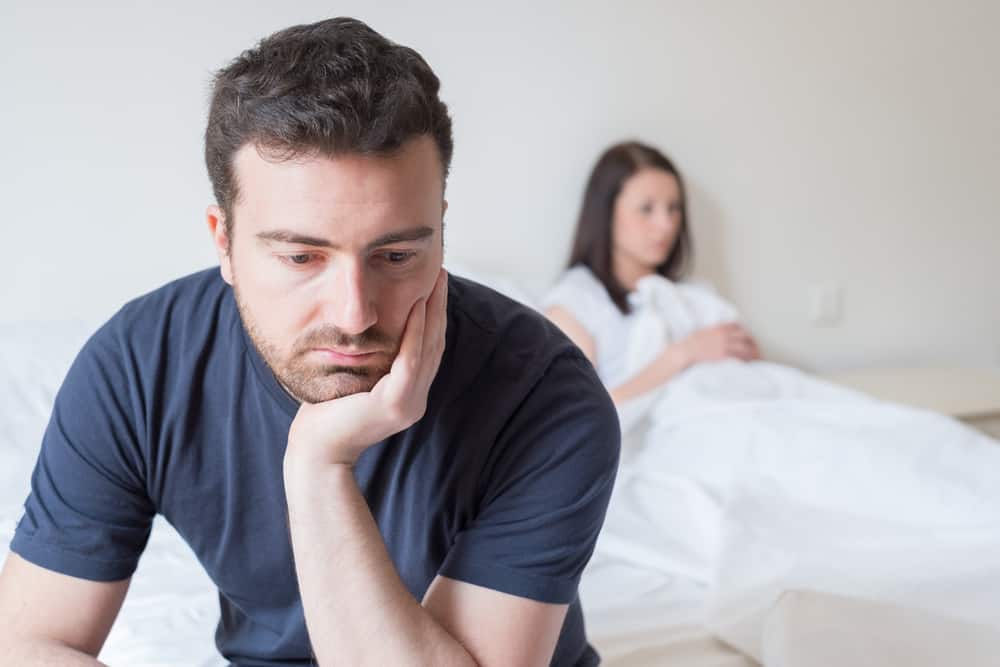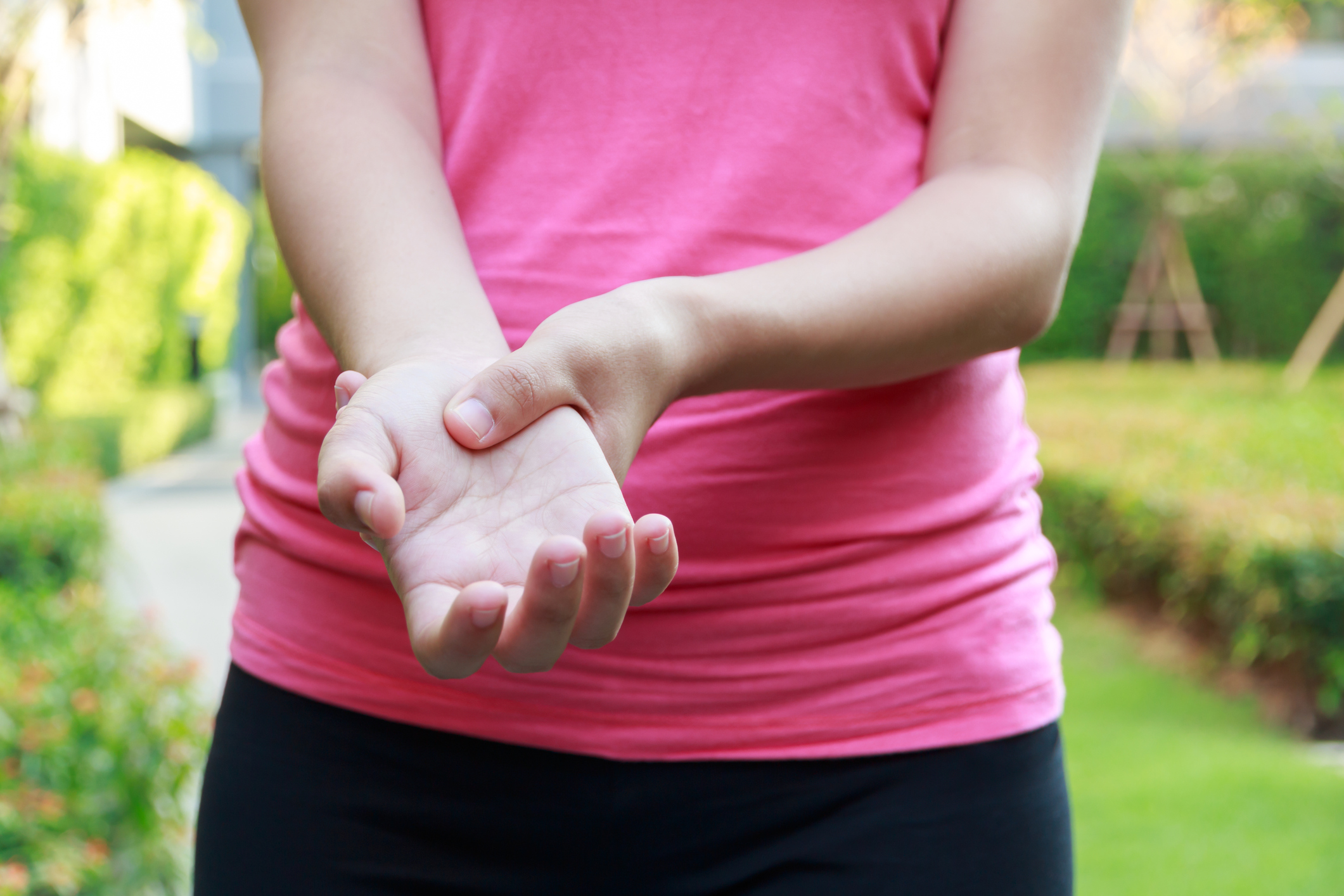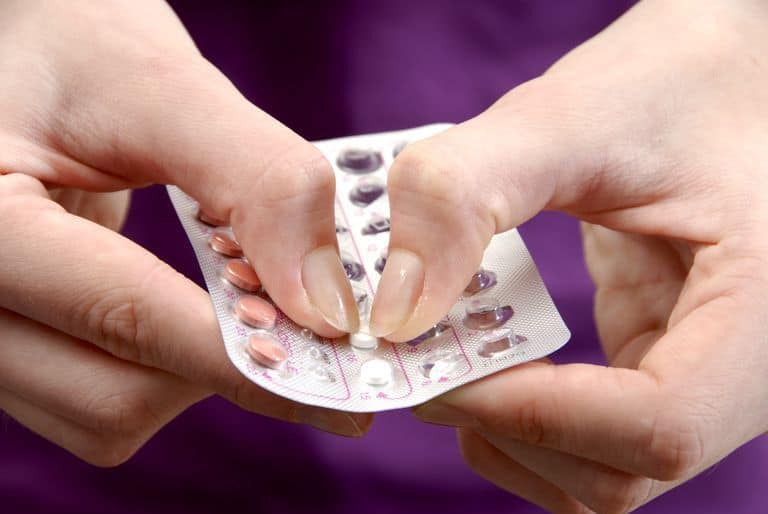Contents:
- Medical Video: How to increase bone density | Improve Osteoporosis exercises, treatment, symptoms, causes
- What is osteopenia?
- Risk factors for osteopenia
- How can this condition be recognized?
- Are there ways to prevent bone damage?
Medical Video: How to increase bone density | Improve Osteoporosis exercises, treatment, symptoms, causes
Bone loss, aka osteoporosis, does not happen immediately. Usually, this will be preceded by a decrease in bone density called osteopenia.
Osteoporosis is common in late adulthood before the elderly, but the onset and development of osteopenia is strongly influenced by one's lifestyle even as early as young. What is the article?
What is osteopenia?
Osteopenia is a term used to describe the condition of healthy bone transition to osteoporosis. Osteopenia bone slowly decreases so that it becomes weaker than normal bone, but has not been susceptible to damage and fractures like the symptoms of osteoporosis.
Osteopenia occurs when bone cells undergo alternation, where more bone cells are destroyed than newly formed bone cells. As a result, fewer mineral deposits in the bone. This process tends to occur slowly, but unhealthy lifestyle factors and insufficient bone nutrition will speed up the process of developing osteopenia.
The transition of osteopenia to osteoporosis is also strongly influenced by health and bone density when the person is young or before he turns 30. In people who have healthy bones, osteopenia can only appear above the age of 50 years. Loss of weight density also does not always lead to osteoporosis, because it is strongly influenced by lifestyle, diet, physical activity routines, and the adequacy of bone nutrition supplementation.
Risk factors for osteopenia
Bone loss is a natural thing that happens because of age development, but osteopenia is more likely to occur if you:
- Women who experience hormonal changes due to menopause
- Women with a history of pregnancy in their teens
- Having bones that are less genetically dense
- Having eating disorders or insufficient nutritional intake
- Frequent menorrhea (excessive bleeding during menstruation)
- Eating cigarettes and alcohol
- Uncontrolled stress
- Eating excessive caffeine from chocolate, soda, energy drinks, coffee or tea
- Having a body condition that is too thin
- Lack of physical activity and a mager lifestyle
In addition, a decrease in bone density can also be triggered by diseases and certain health conditions, including:
- Asthma
- Degenerative diseases such as cancer and diabetes
- Chronic inflammation such as arthritis, leukemia, lymphoma, lupus
- Inflammation of the gastrointestinal tract like Crohn, ulcerative colitis and inflammatory bowel disease (IBS)
- Celiac disease
- Liver disease
- Kidney disease and undergo dialysis
- Have a history of organ transplants
- Experiencing various malabsorption syndromes
- Lack of gonadal, thyroid and parathyroid hormones
- Excess steroid hormones due to illness or use of steroid hormones
- The use of certain drugs that can reduce bone density such as epilepsy drugs, diuretics, anti-cancer, thyroid hormone therapy.
How can this condition be recognized?
Osteopenia does not have certain symptoms and does not cause pain, but fragile bones will break easily. Broken bones are most likely due to osteopenia conditions that have developed into osteoporosis, especially those that occur around the waist and spine.
Bone fragility can also have an effect on spinal damage that is difficult to recognize because it has no specific symptoms and pain. Even so, over time the spine that has osteopenia changes posture so that a person tends to look bent and appears to reduce height. That is why both osteoporosis and osteopenia are serious bone health problems that have the opportunity to cause complications and limit one's movements.
In addition, osteopenia can only be confirmed by the aim of bone mineral density. These checks can be done by scanning dual-energy X-ray absorptiometry (DEXA). Bone density checks should be performed on female individuals near the age of menopause (50 years), men or women with risk factors and individuals who experience fractures when they are over 50 years old.
Are there ways to prevent bone damage?
Even though it's cliché, we shouldn't underestimate the meaning behind the saying "it's better to prevent than cure." Prevention basically aims to prevent the bone from accelerating damage. Lifestyle changes such as quitting smoking and reducing alcohol consumption and starting a routine of physical activity are things that need to be done.
Weight lifting is an effective type of physical activity to maintain bone density. Also fulfill the need for calcium and vitamin D from intact intake such as dairy products, spinach and broccoli, beans and oily fish such as salmon and sardines. Taking food supplements in addition to nutritional intake can also be done, provided you consult with your doctor first.

